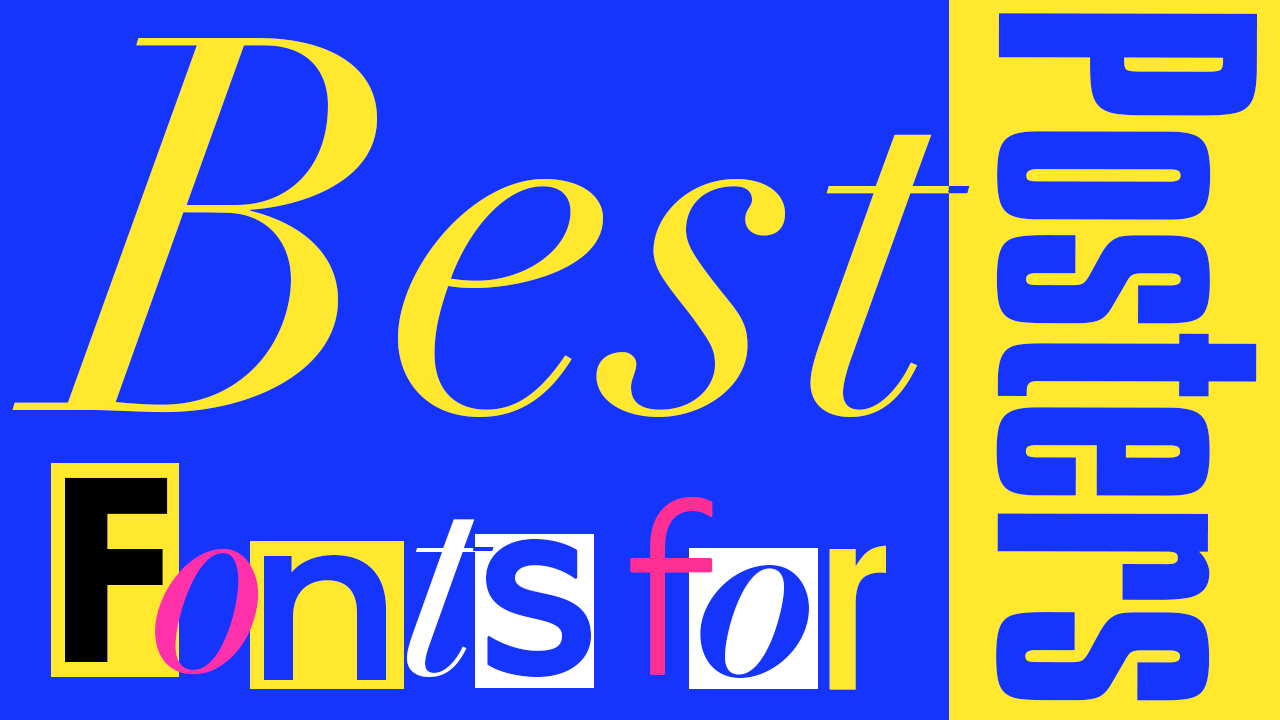
Typography is one of the most integral elements of a poster, making your choice of font a key part of crafting a master poster design. There are a clear set of widely used serif and sans serif fonts used in everyday design, but here at Creative Bloq we’ve gone above and beyond to find the fonts that really have a unique legacy and proof of success, to make sure your poster can make a heavy impact on your audience.
This special collection of fonts has been created for true design and typography enthusiasts, so keep reading to find out which fonts have had the biggest impact in display typography and deserve to make into onto your poster. For a few more affordable options, we’ve also got a list of free fonts, and if your design work is web-based, make sure to check out our list of free web fonts.
1. Baskerville PT
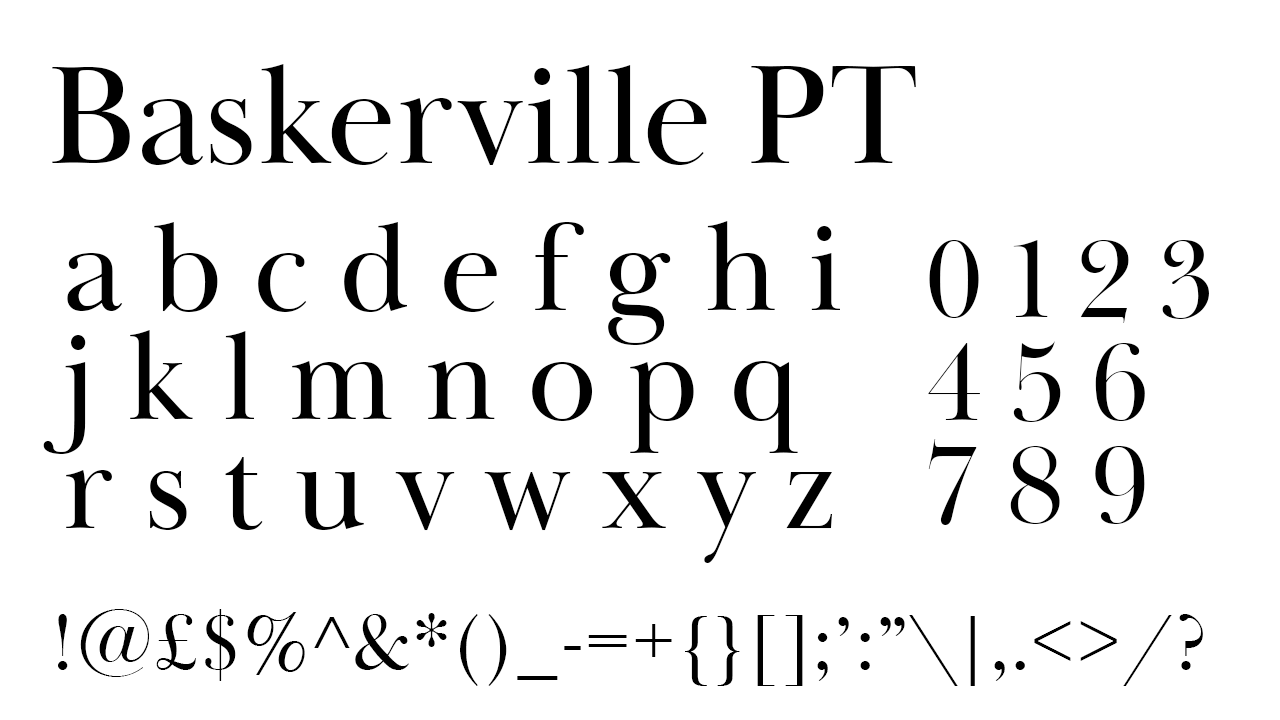
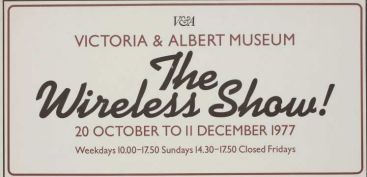
• Cost: Free (with Adobe subscription)
A classic serif font included as a standard in most computers and softwares, a version of Baskerville going by the name ITC Baskerville Italic was actually used as the framework for the V&A logo in the 1970s. This is the version of the logo used on the V&A's exhibition and events posters for a few years, and now Paratype have created Baskerville PT for Adobe Fonts - specifically for poster creation. Ideal for when you need the style of a serif font but in large type, poster design is even displayed as the primary example of use on Baskerville PT’s Adobe Fonts page.
2. P22 Underground
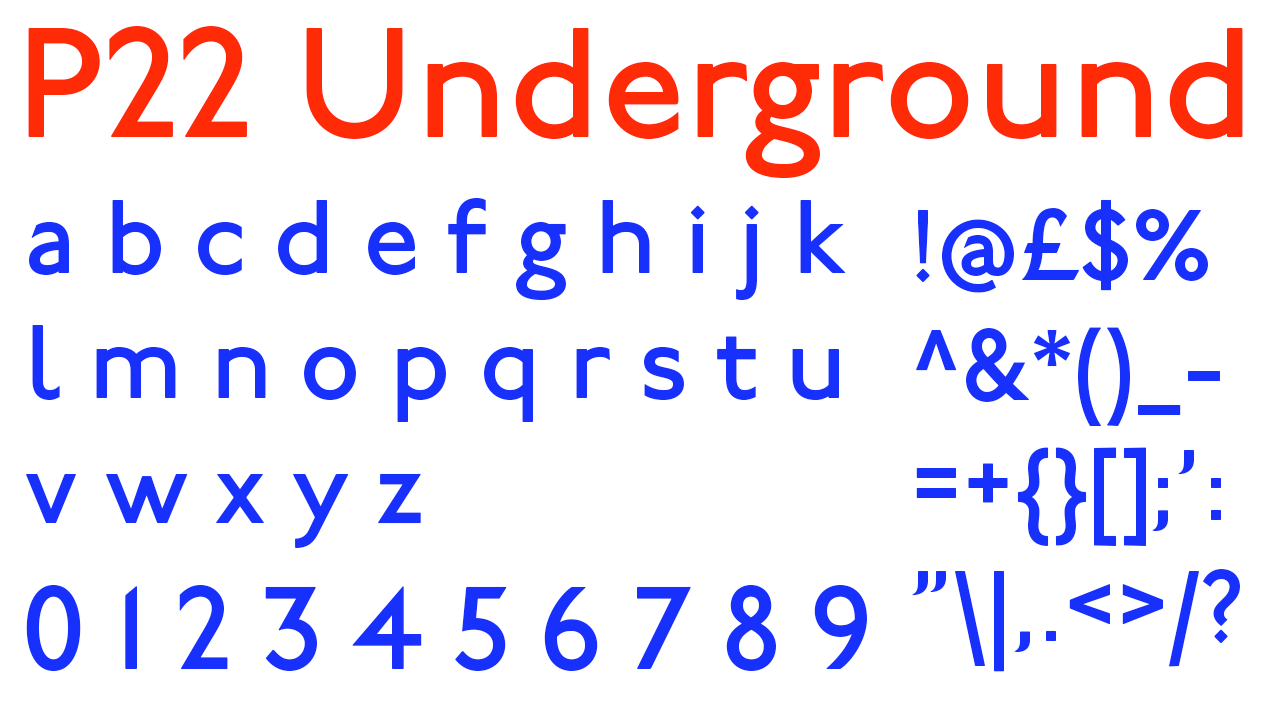
• Cost: Free (with Adobe subscription)
The Johnston font family was created by Edward Johnston especially for the London underground, with P22 Underground being the commercially available reworked version, available for use to all. P22 Underground is available on Adobe Fonts for those looking to use the most accurate rendition of the official London underground font – possibly the most iconic font used in poster design on this whole list.
3. Gill Sans Nova
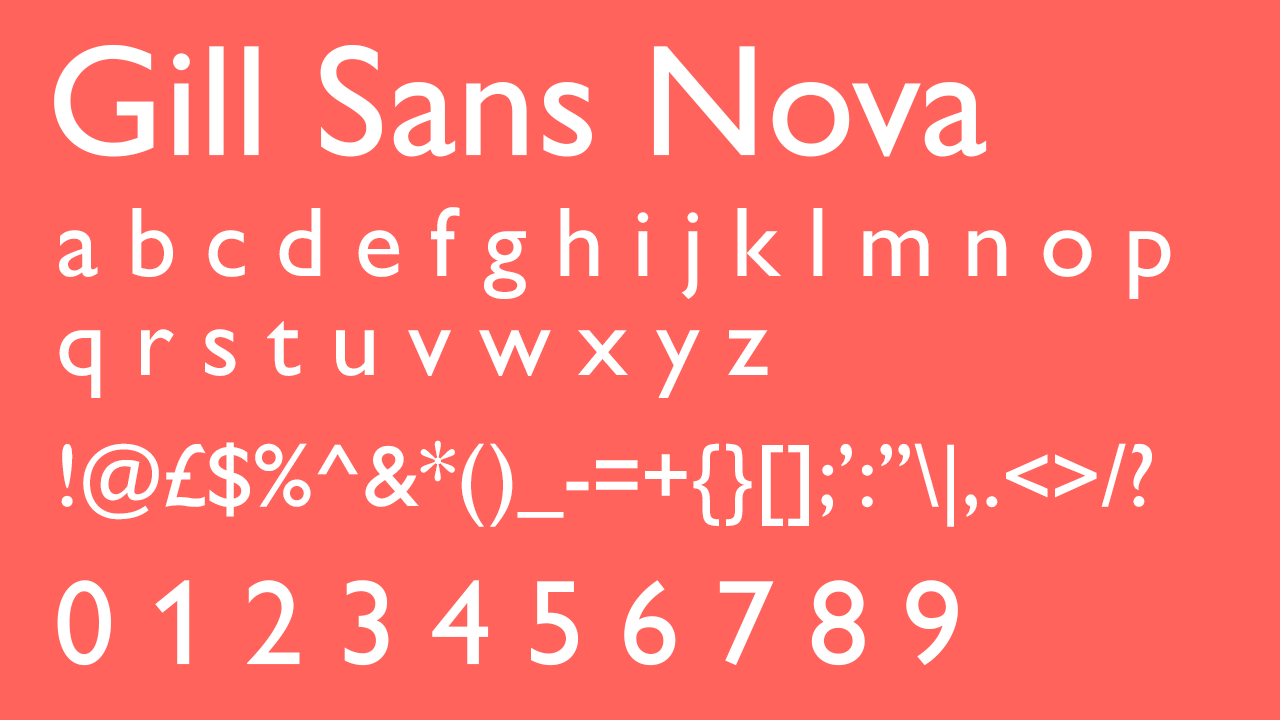
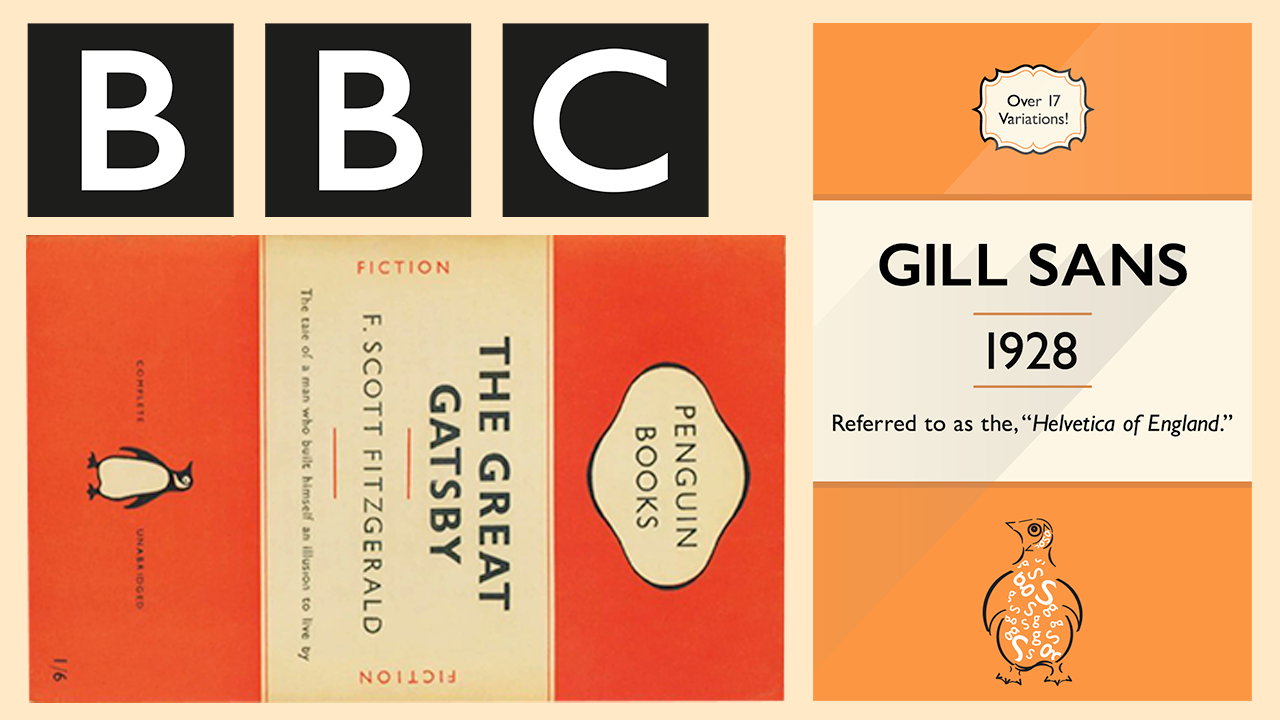
• Cost: Free (with Adobe subscription)
If you’re not a font enthusiast, you might not have heard of Gill Sans Nova. If you are a font enthusiast, you won't be surprised to learn that the Gill Sans font family is one of the most commonly used fonts in logos and professional advert design. Gill Sans is the font featuring in the BBC logo, as well as in the Penguin Books iconic book cover designs of the 1930s that coined the Penguin cover design iconic in the publishing world. If you’re looking to create another significant moment in design history, Gill Sans is a regularly used classic. The original typeface was designed by Eric Gill in the 1920s – inspired by the Johnston font family created for the tube - and Gill Sans Nova is Monotype’s modern reworking.
4. Futura
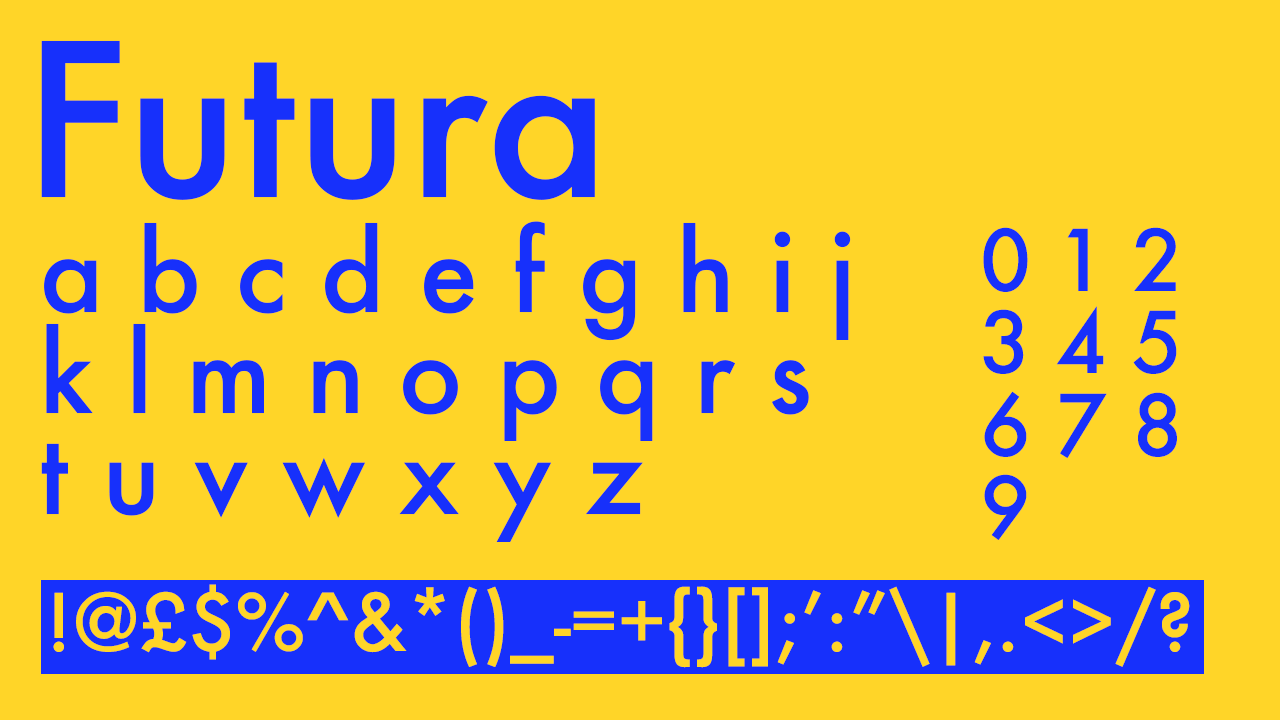
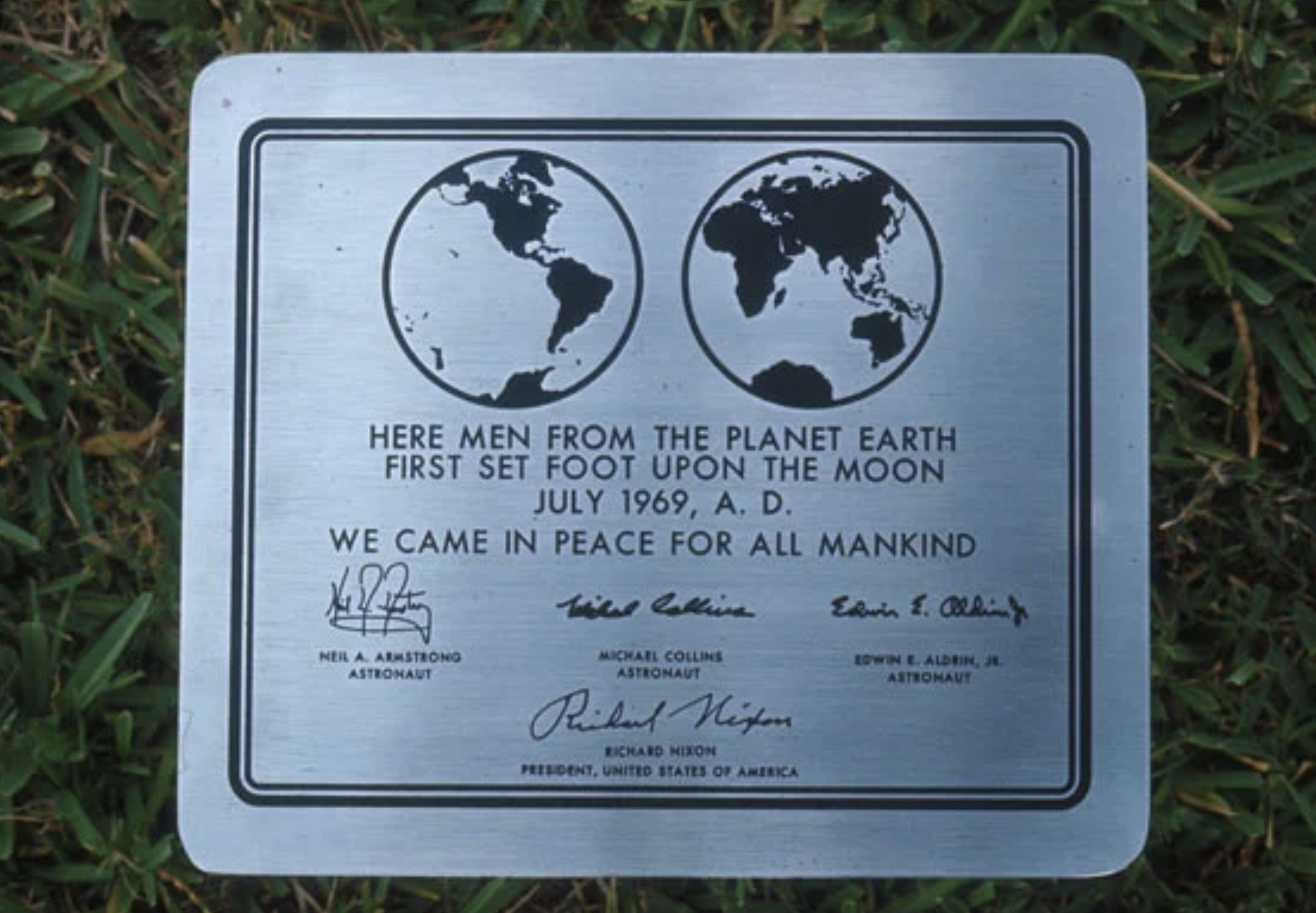
• Cost: Free (with Adobe subscription)
Futura is another font that is more widely used than you might expect, and its ubiquity only celebrates its ability to seamlessly portray such a range of varying messages. Used by companies such as Omega, Paypal and Dolce and Gabbana, it’s even been used as the typeface on a sign planted on the moon that still stays there today. Futura’s ability to depict any message in modern, clean lettering is endless.
5. HVD Poster Clean
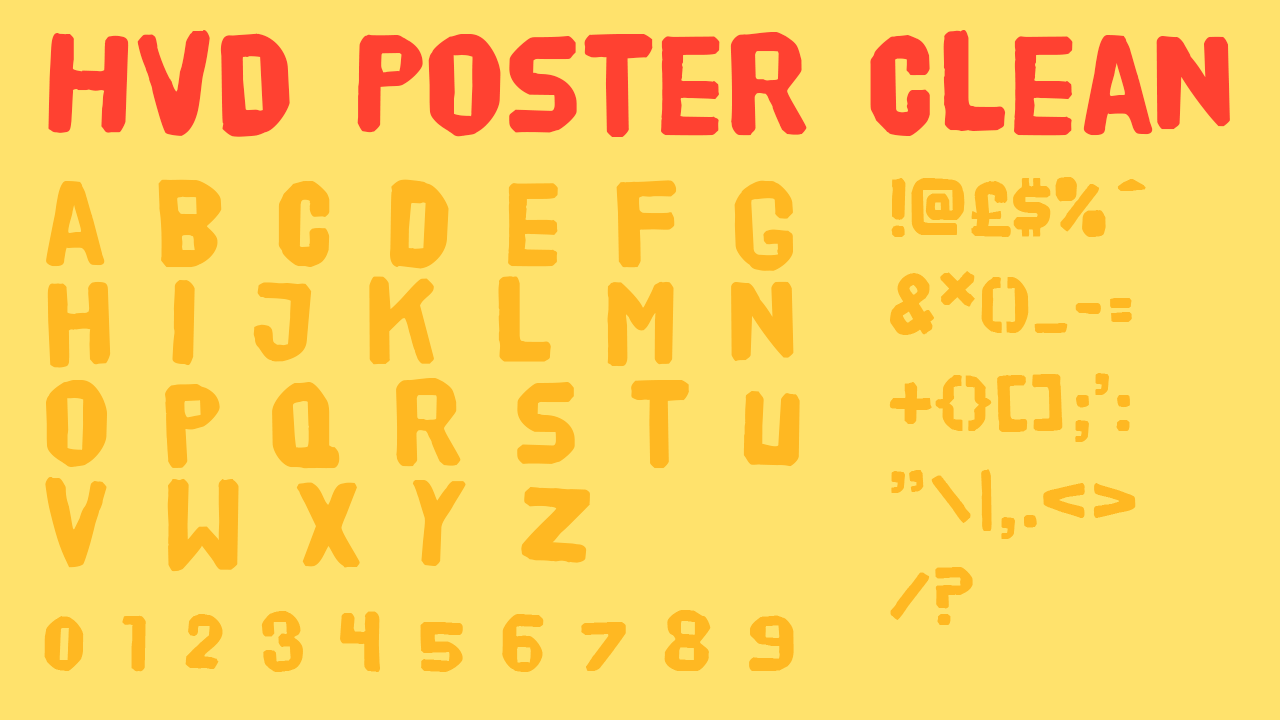
• Cost: Free (with Adobe subscription)
HVD Poster Clean holds connotations of a hand-drawn poster using marker pens, as a font designed specifically for large lettering in the context of posters and large urban display. The strength in this font is that its hand-drawn style doesn’t take away from its professionalism. It’s an accomplished font that would draw attention to text that stands on its own whether or not you add your own touches to it or let the font shine as it is.
6. Rockwell
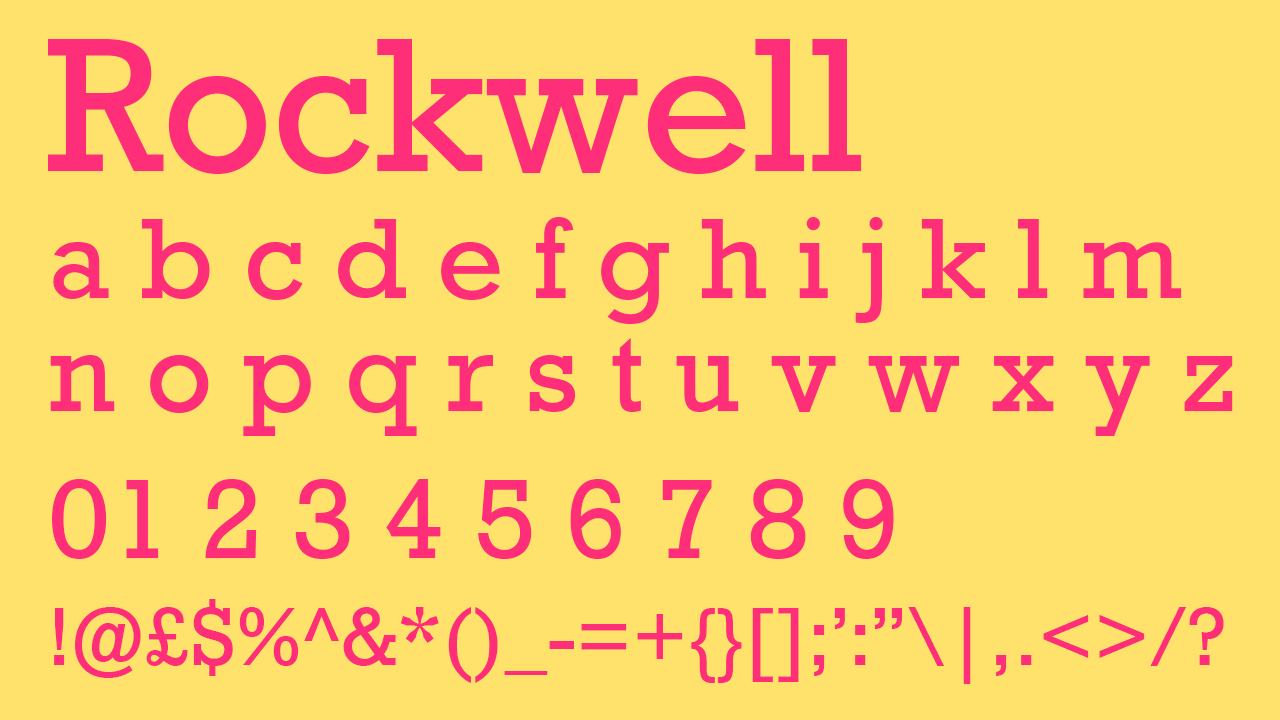
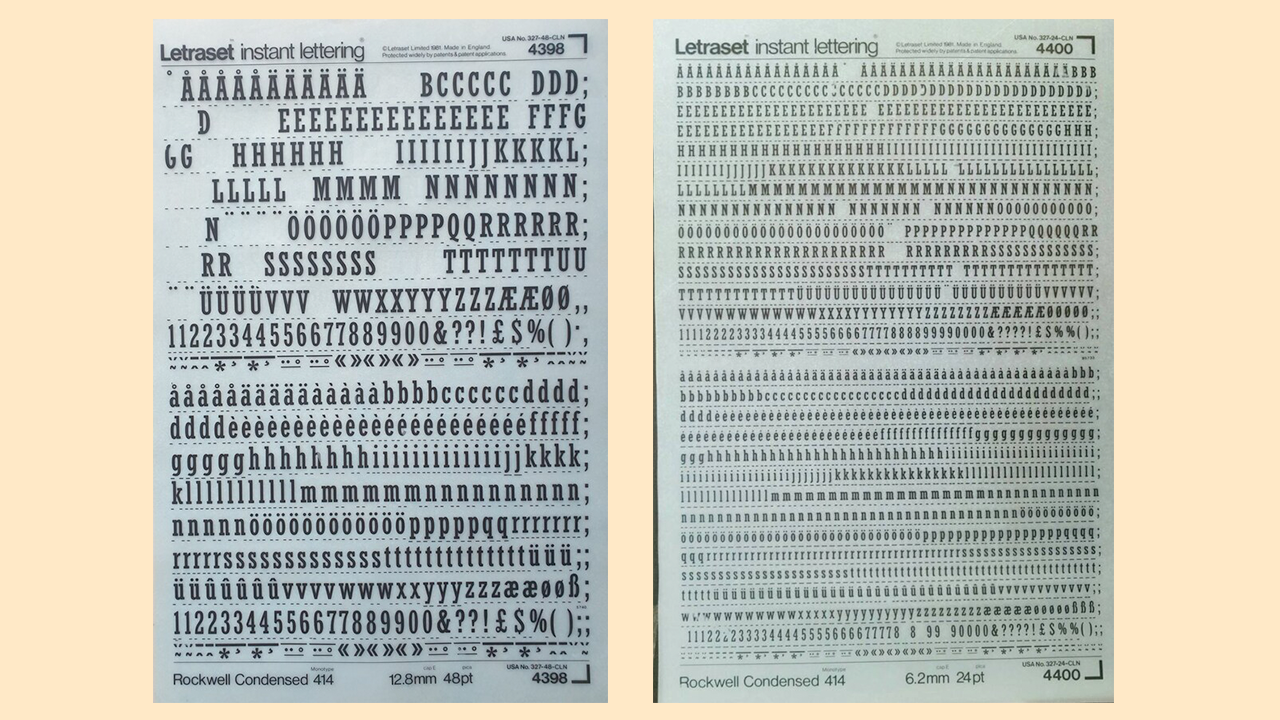
• Cost: Free (with Adobe subscription)
If you don’t remember or weren’t around during the debut and success of dry transfer lettering, Rockwell was actually one of the most commonly used fonts in Letraset, alongside Helvetica. Seeing as Letraset was designed and created specifically for the design and publication of printed material such as posters, this makes Rockwell a stand-out classic choice for a poster font.
7. Linotype Didot
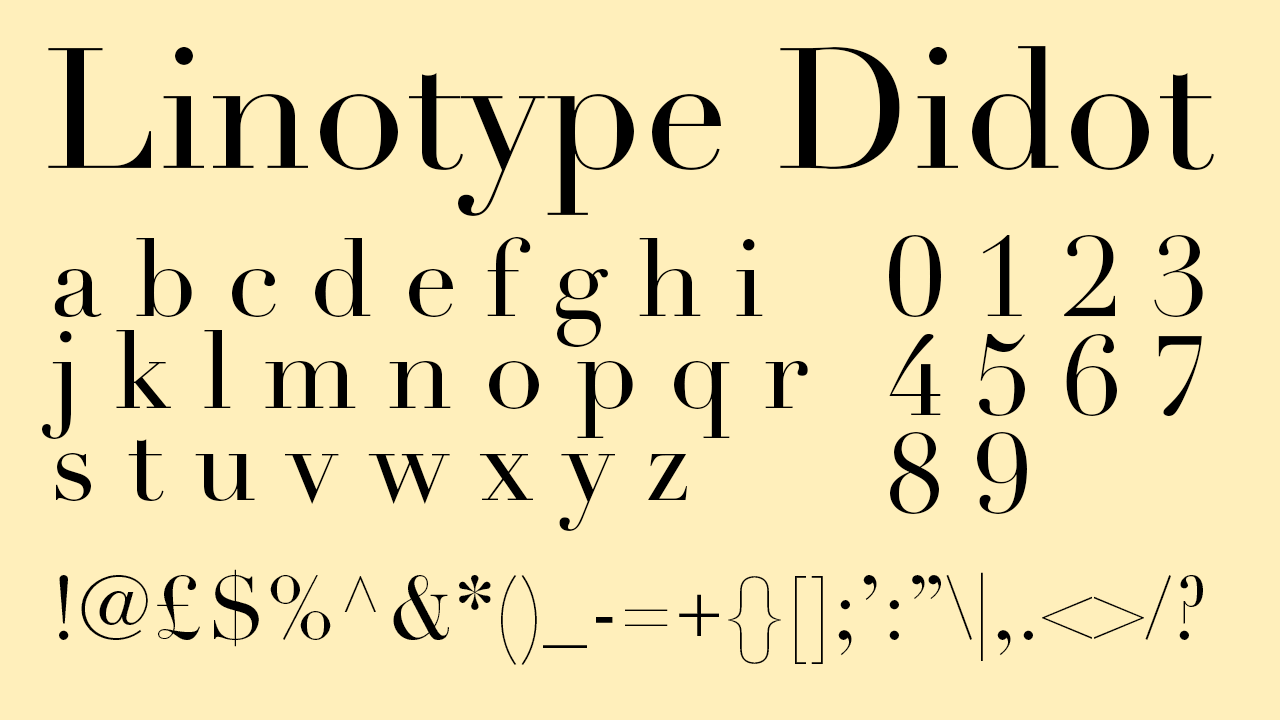
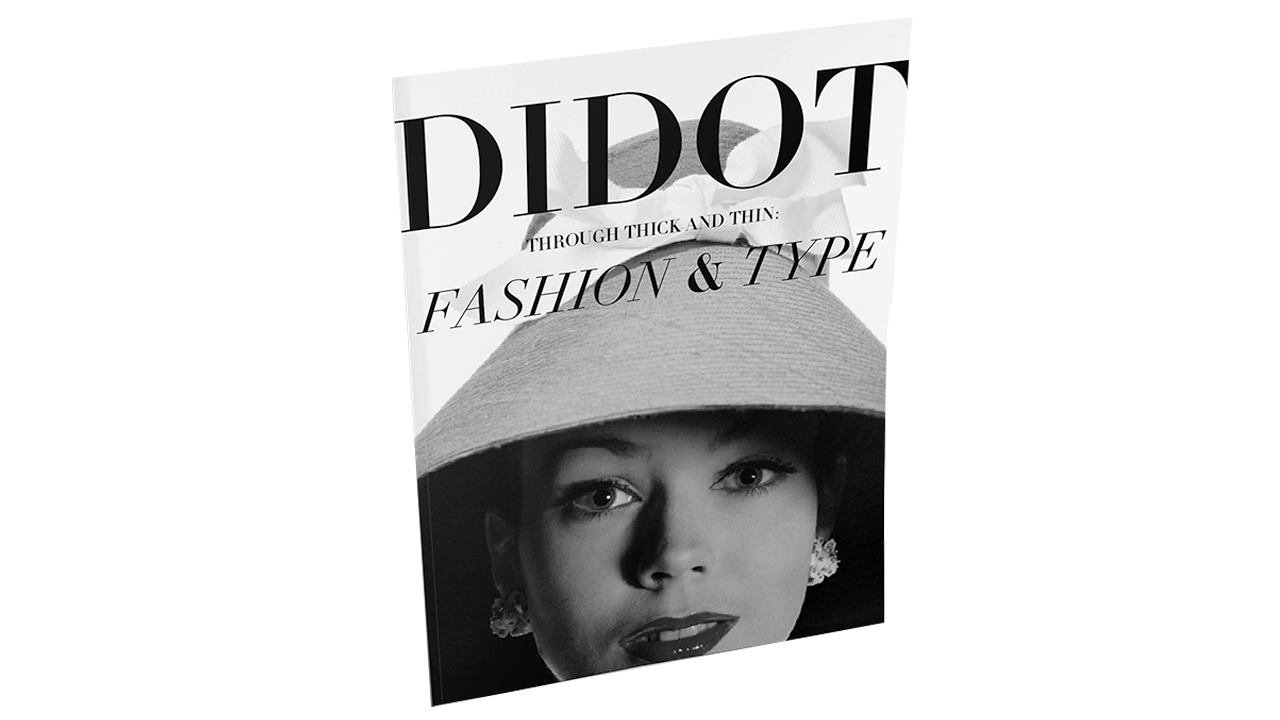
• Cost: Free (with Adobe subscription)
Vogue’s iconic large serif logo displayed on endless covers and posters can be credited to Didot, the logo that signposts each of Vogue’s internationally infamous covers and posters. This makes Didot an excellent choice for a large display serif font, but make sure to add your own touch; the recognisability of its use in Vogue’s brand takes work to escape from when used in large type, but when executed with skill can produce incredible results, given Didot’s extreme success in the world of typography. Linotype Didot is the modern version of Didot reworked by Monotype to take Linotype’s older design into account (Monotype acquired the company). It maintains the essentials of Didot but with a few new unique serifs that make it even more noticeable when displayed large and from a distance, such as the downturned serifs on the capital ‘T’ and the accentuated serifs on the lowercase ‘q’. Linotype Didot has been reworked to be especially successful as a display font.
8. Impact
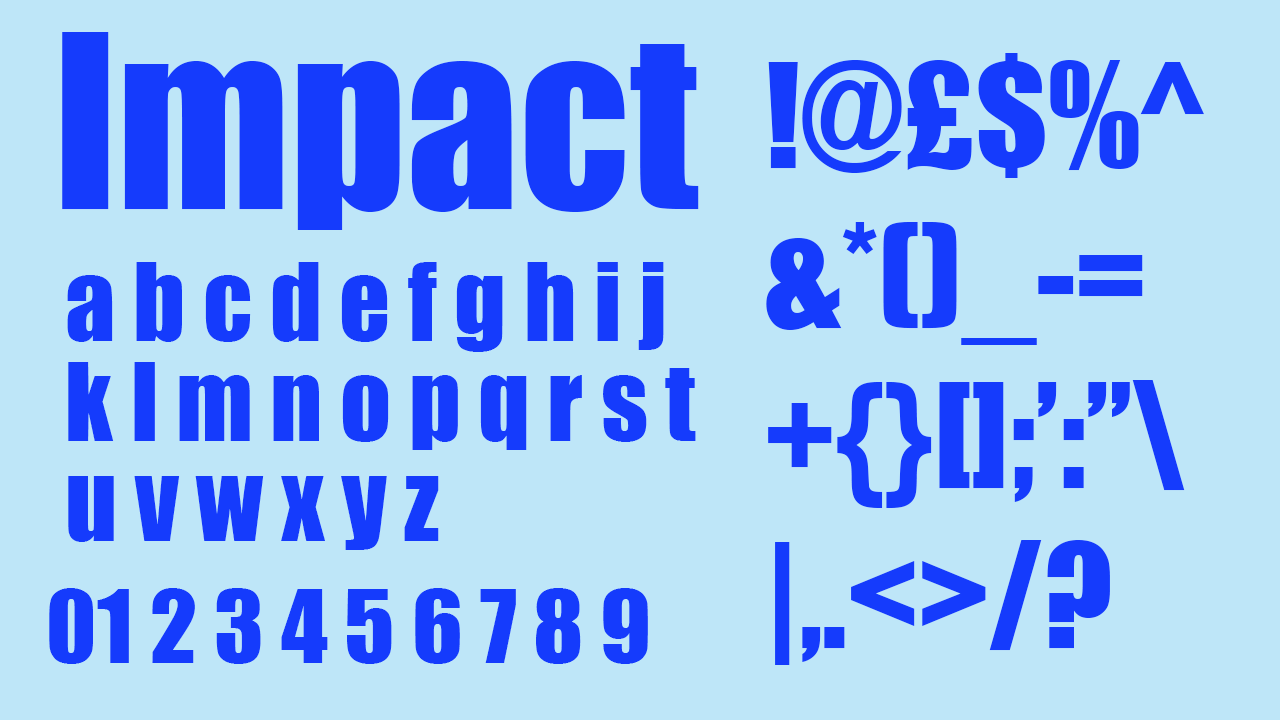
• Cost: £35.99
In the 1960s a sudden trend erupted for condensed sans serif fonts with bolder strokes, hence the roaring success of both Impact and Futura. The lettering of Impact is even bolder and thicker than Futura’s, making it most successful in larger settings – especially poster design - where each bold stroke can be seen clearly and make its mark.
9. ITC Avant Garde Gothic
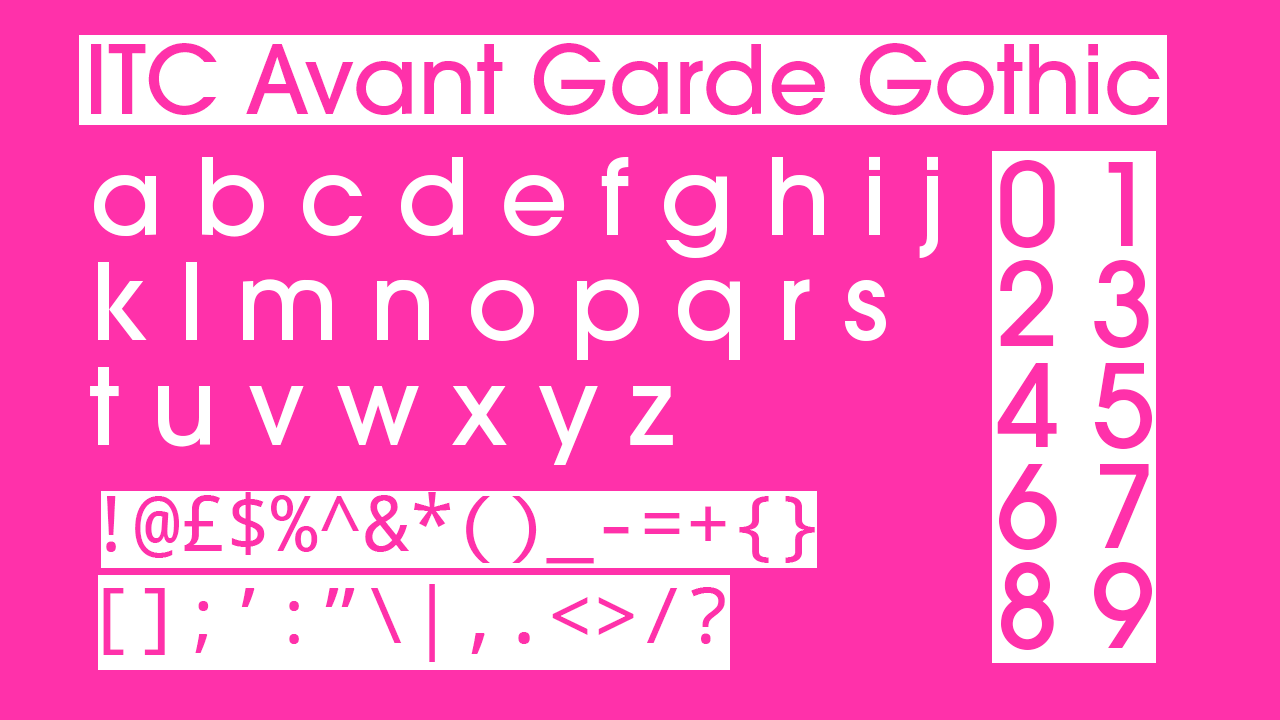
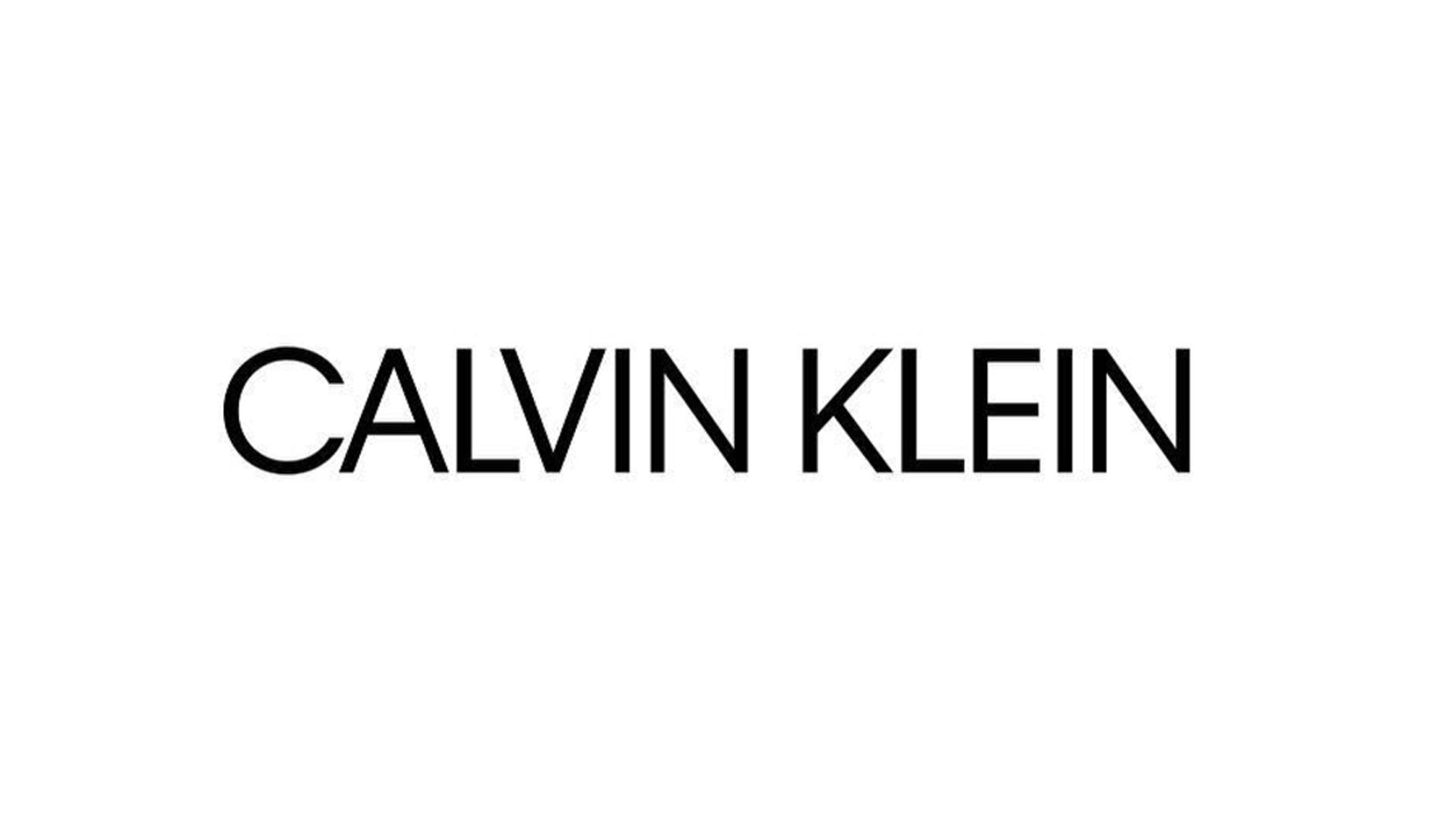
• Cost: Free (with Adobe subscription)
A geometric font, ITC Avant Garde Gothic is a modern, Monotype version of the original Avant Garde Gothic font that has been so widely used, notably in Groupon, Calvin Klein, Mobil, Nutella, and Audi adverts at the time of this font’s creation that took the form of magazine adverts and posters. It’s a flexible font that presents a myriad of options impressive for just one sans serif font family, providing both stylised and more simplistic typefaces within the family to carry you through an entire piece of design work, ensuring fluent diversity in display type options, while maintaining consistency in overall style.
10. Montserrat
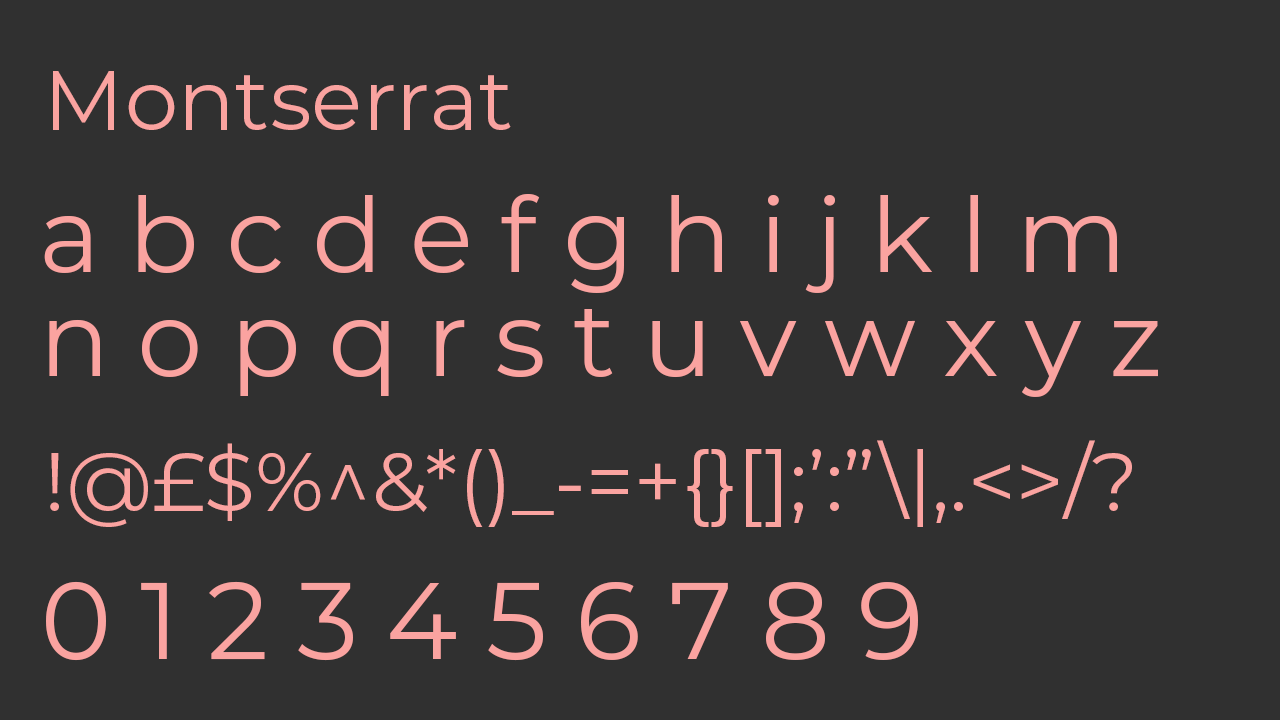
• Cost: Free (with Adobe subscription)
With an incredible array of different weights and variances available, Montserrat is a friendly sans serif font featuring low contrast between the x and y-heights as well as larger gaps in its letters such as the uppercase ‘R’, ‘O’, and ‘A’. These inviting qualities have deemed it a commonly used font for projects designed for print, especially posters: where Montserrat thrives at its large height, only inviting onlookers and passersby in rather than intimidating them.
11. Compacta
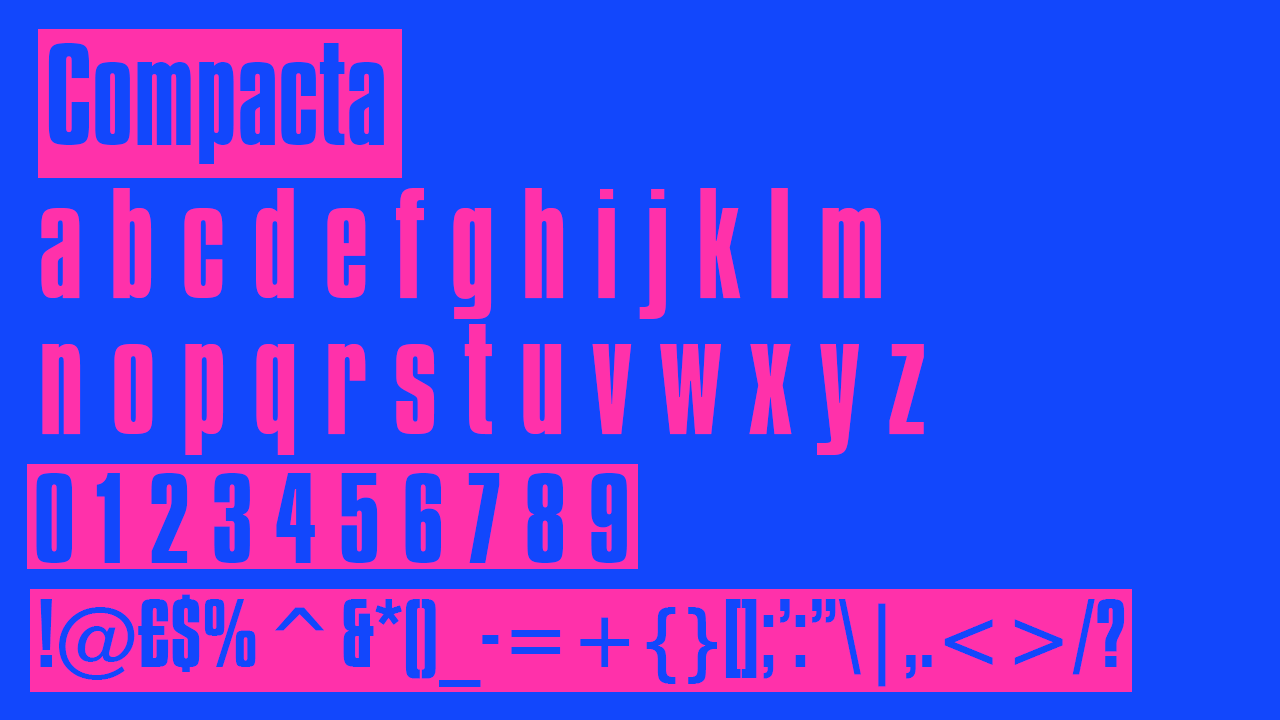
• Cost: £39
Designed in the 1960s during the sudden increased popularity of condensed, bold typefaces, Compacta has been used predominantly in film posters, album cover artwork and book cover design. Its condensed nature combined with its low x-heights and unusually high y-heights create a very stylised font that is ideal for fitting more into a small space; given its popular usage in poster design when it was published.
12. Helvetica Now
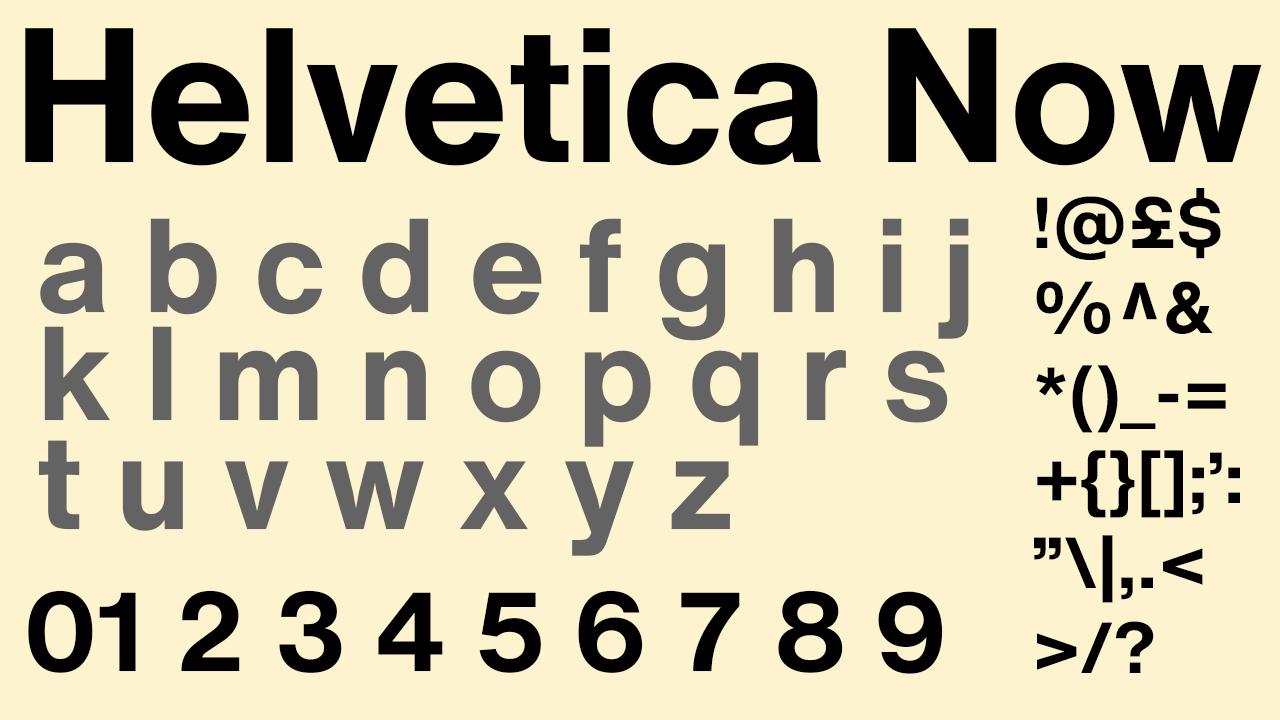
• Cost: £42.99
The infamous type foundry Monotype describes Helvetica Now as ‘a new chapter in the story of perhaps the best-known typeface of all time’. With the original version of Helvetica a legend of a typeface, featuring in almost every piece of design, Helvetica Now was published in 2014 as a newly polished version of the iconic typeface, designed to continue the legacy of Helvetica with extra thought put into the requirements of modern day designers. The wide usage of Helvetica makes it certain to succeed in any situation, and Helvetica Now maintains the legacy of Helvetica, while certain to bring an extra touch of new, modern pizazz to your design.
13. Myriad
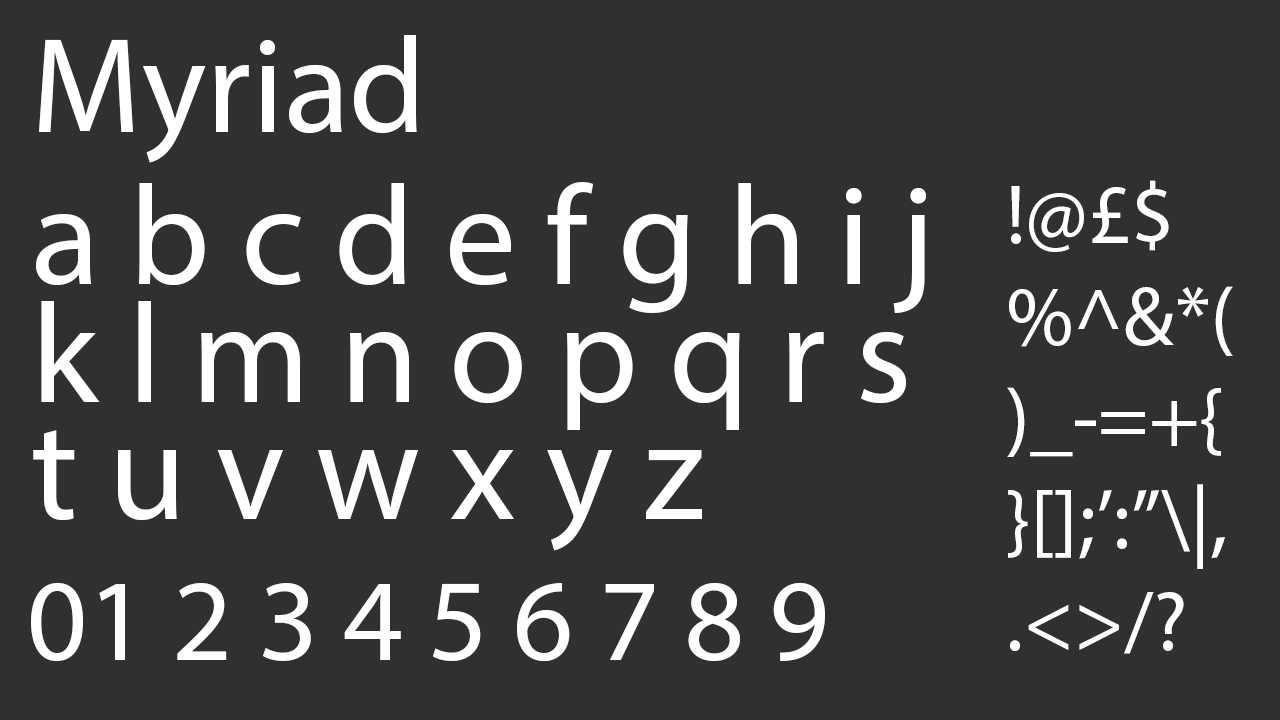

• Cost: Free (with Adobe subscription)
Myriad is a grotesque font used by the likes of Walmart and even Apple, who made use of the font for 13 years. Specifically designed for poster typography, it comes in a wide range of weights and styles, making it ultra accommodating of all your design and typography needs and malleable across a poster design consisting of varying styles.
14. Univers
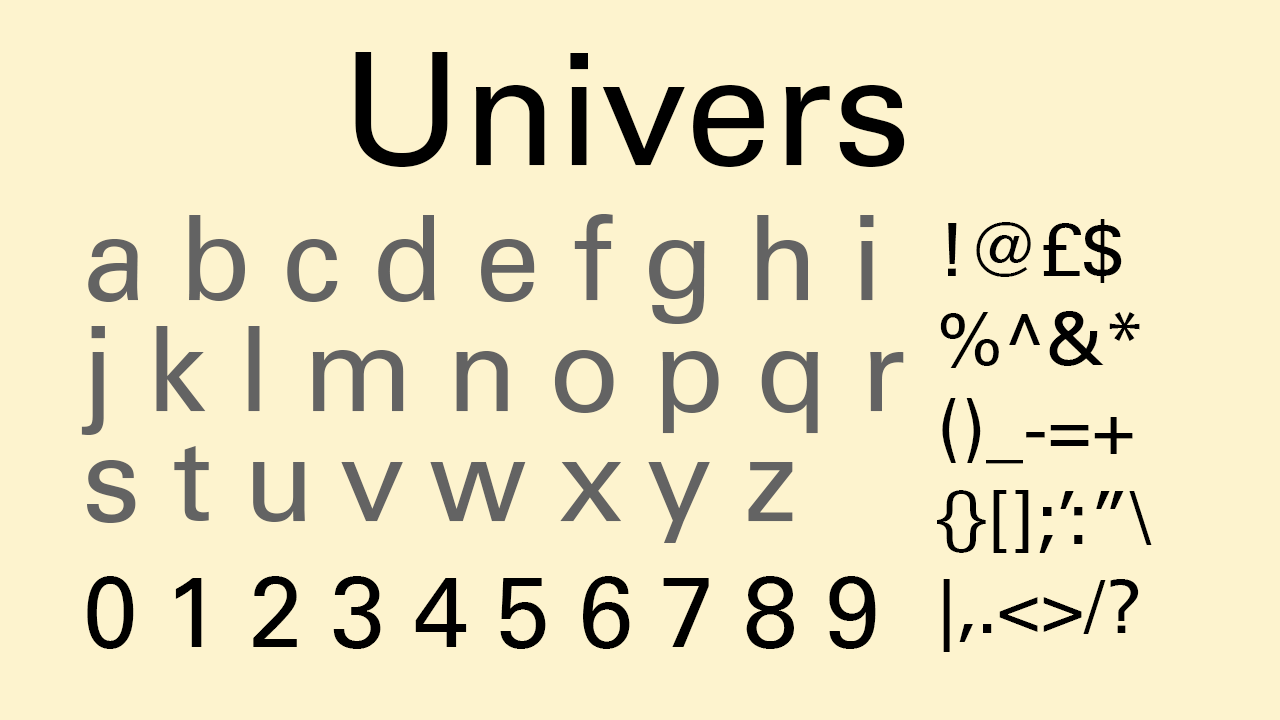
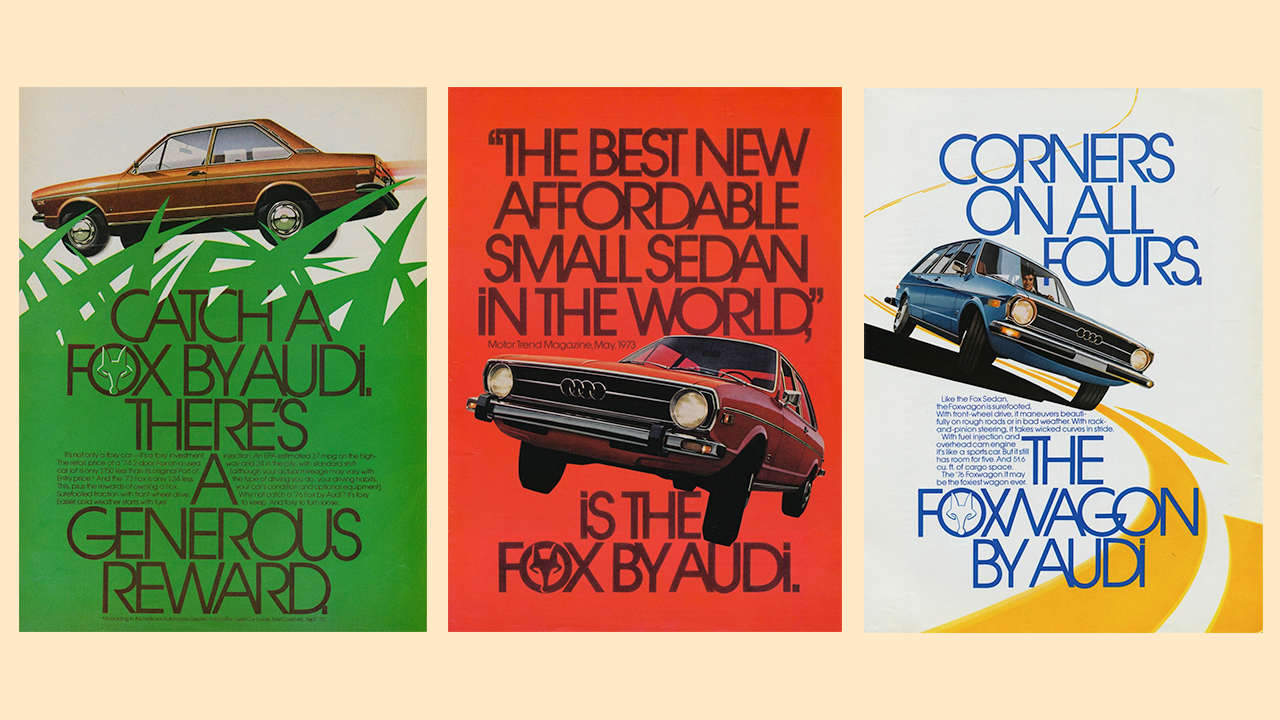
• Cost: £42.99
A significant host of household names have flocked to Univers since its publication, including Sony – who have used it as the display font on their cameras – eBay, Audi, and even two Olympic games (1972 and 1976). It’s clear to see how its grotesque letters were inspired by Swiss typography, and the sheer scale of flexibility of the font is limitless, given its wide use. If it was good enough for the posters of two Olympic games, I’d say it’s worth giving it a shot for your poster to give it that classic, timeless touch.







